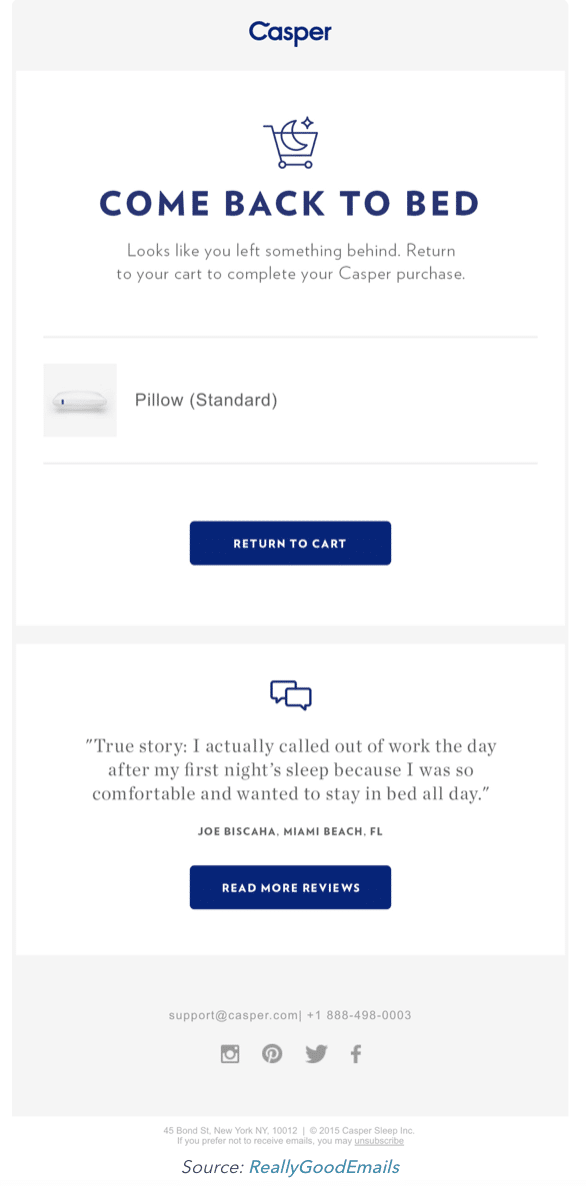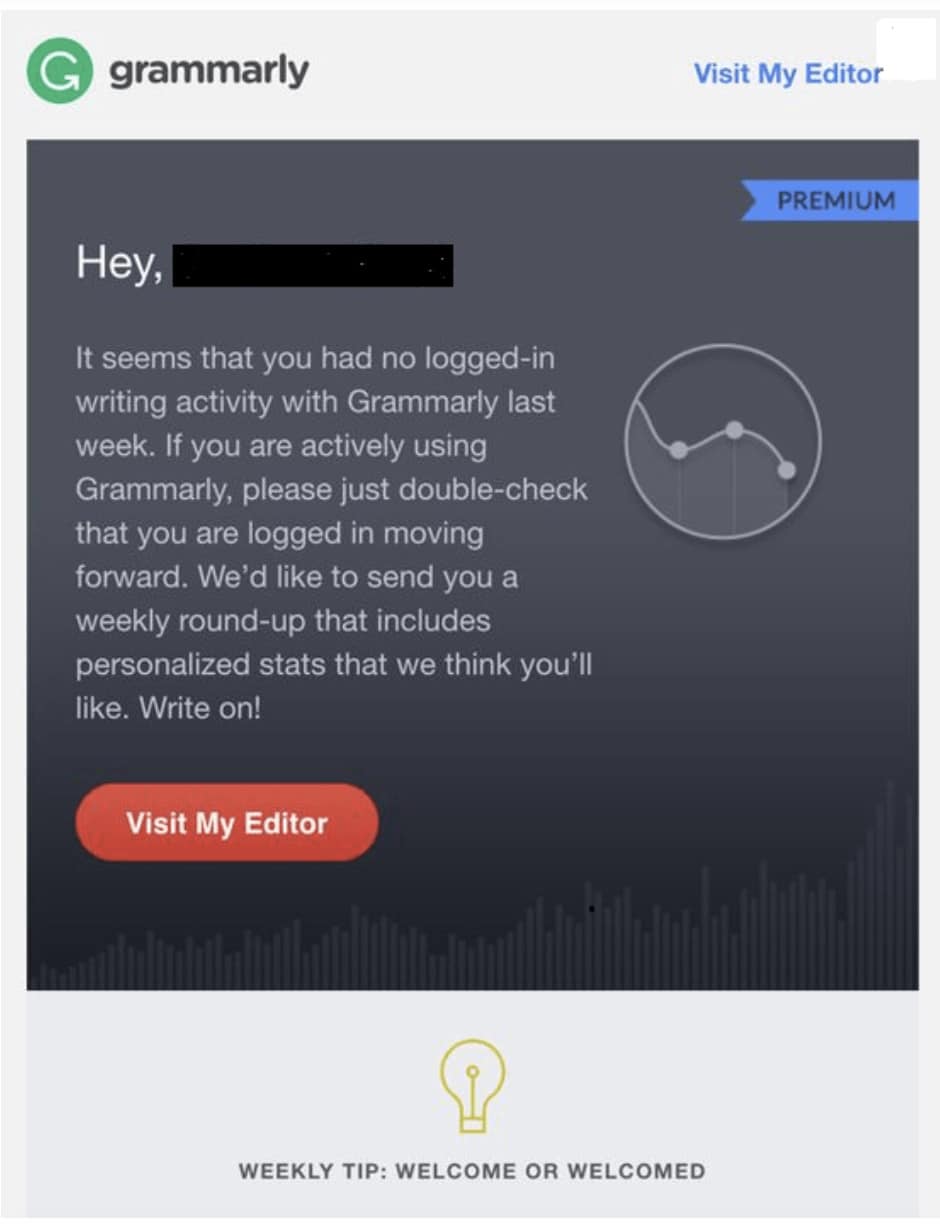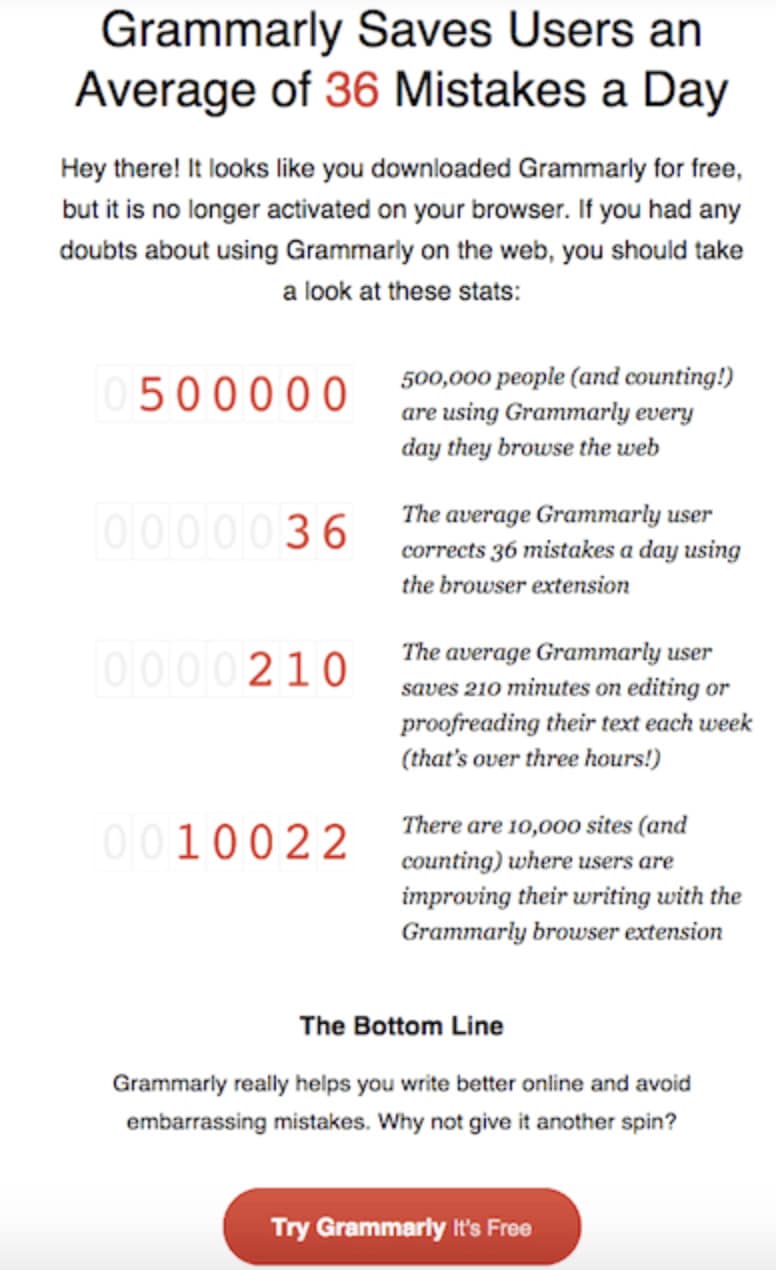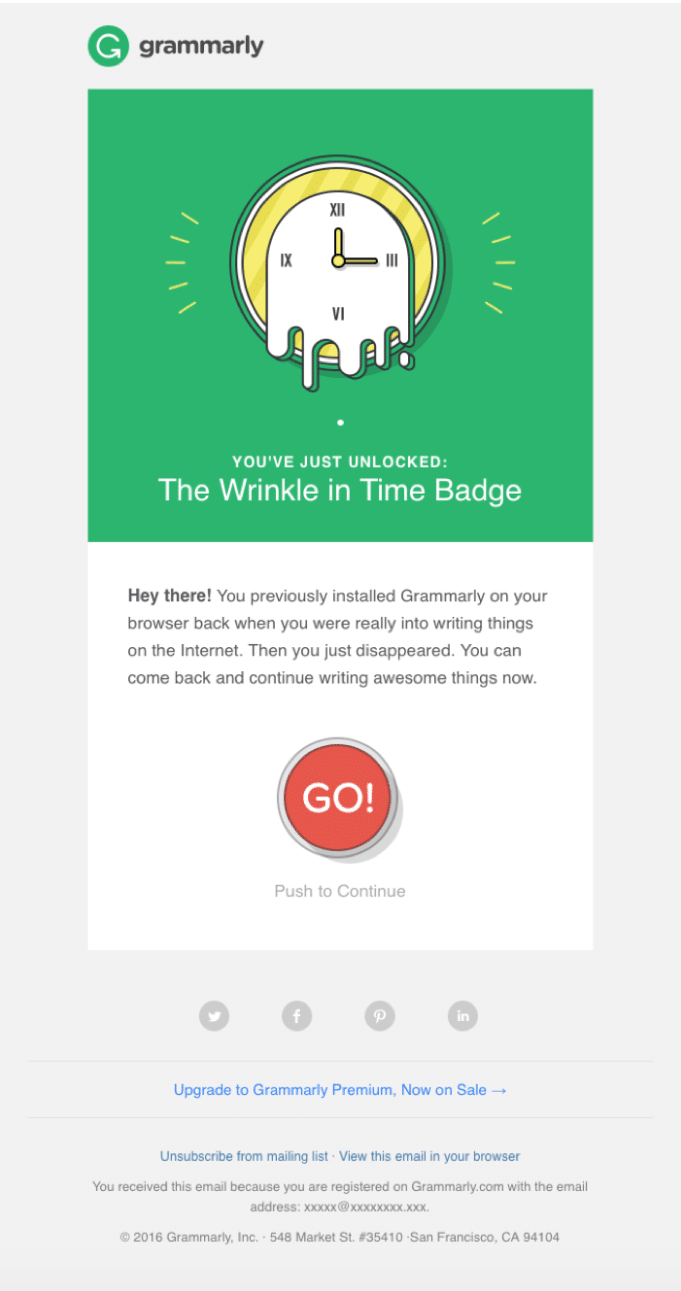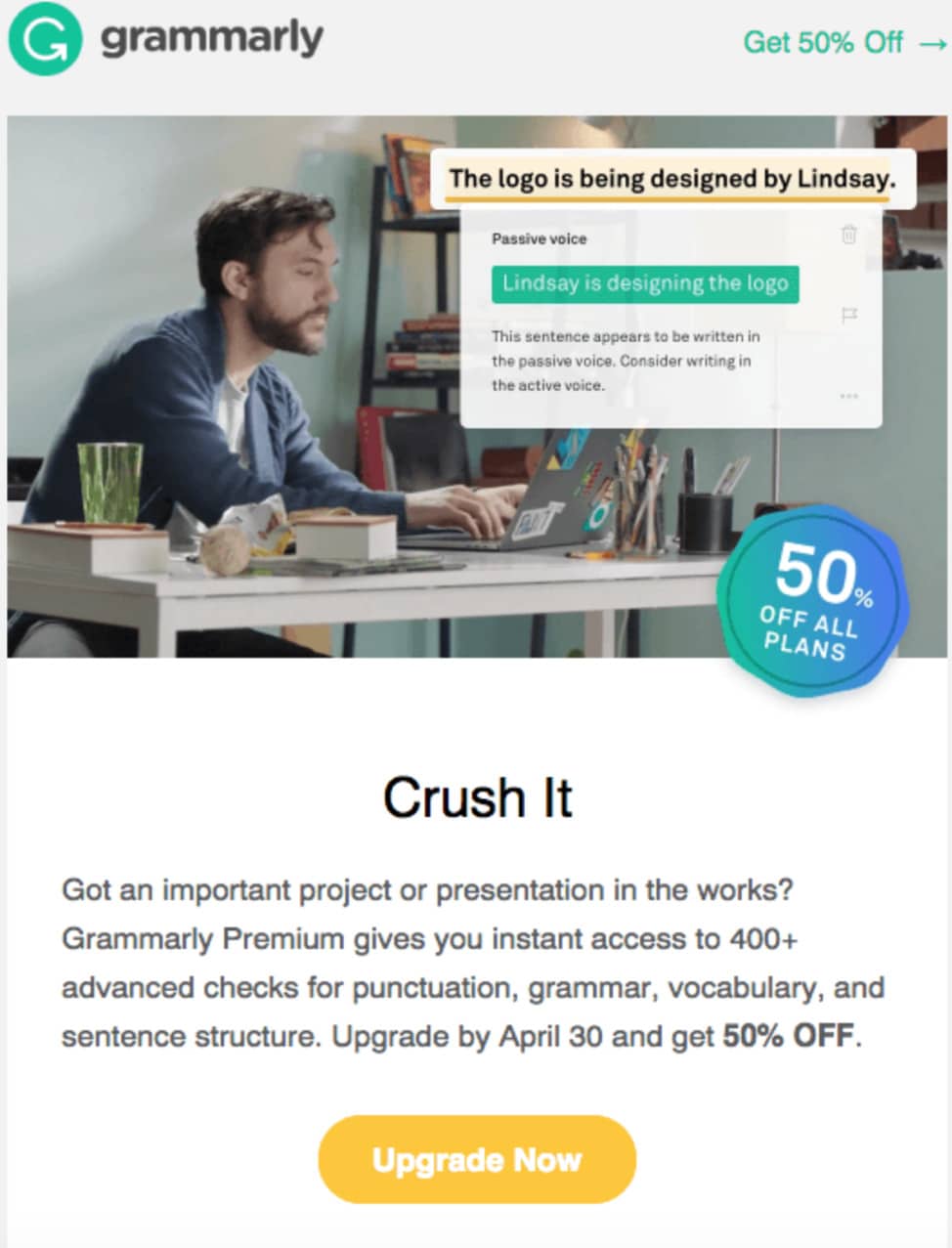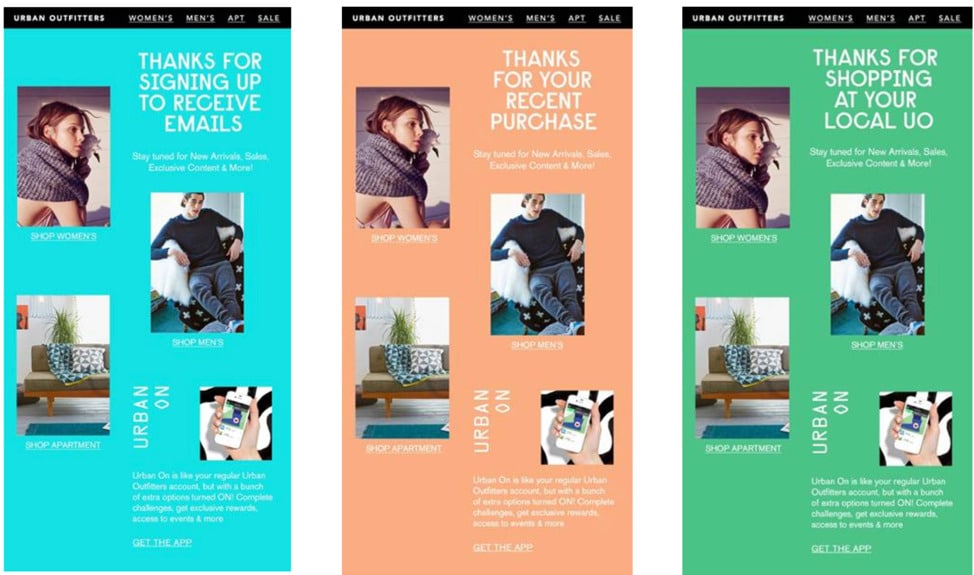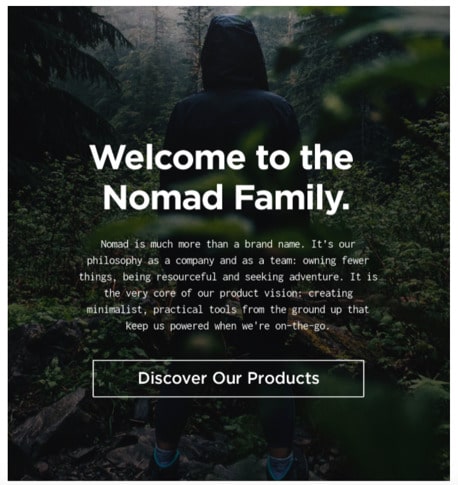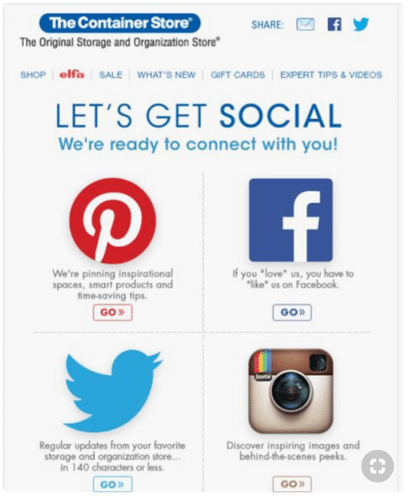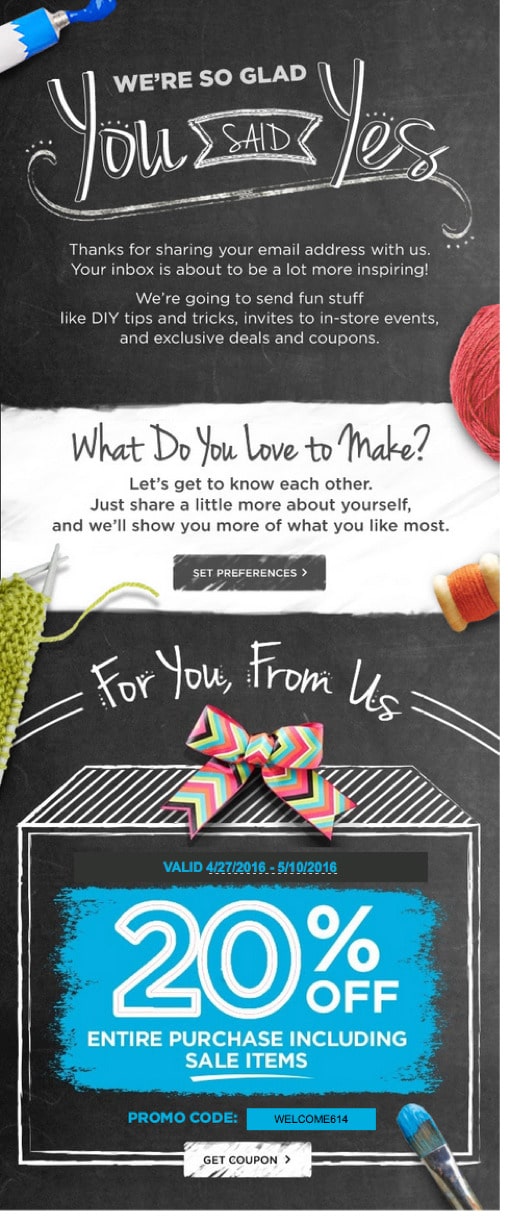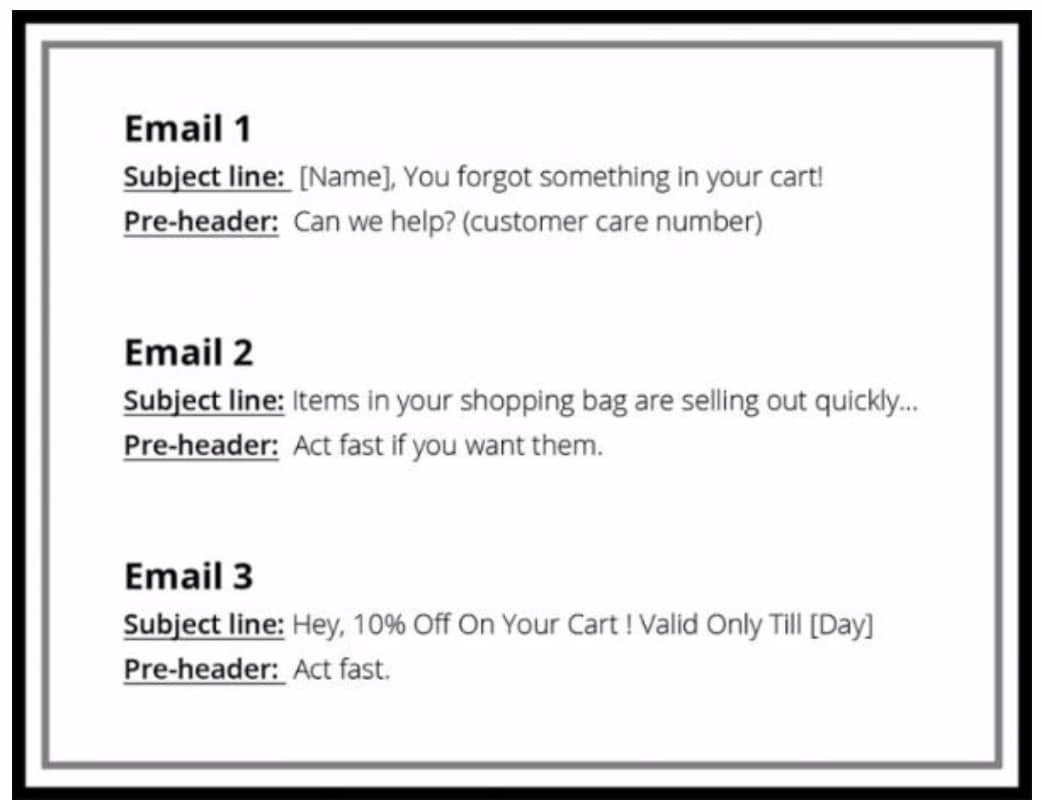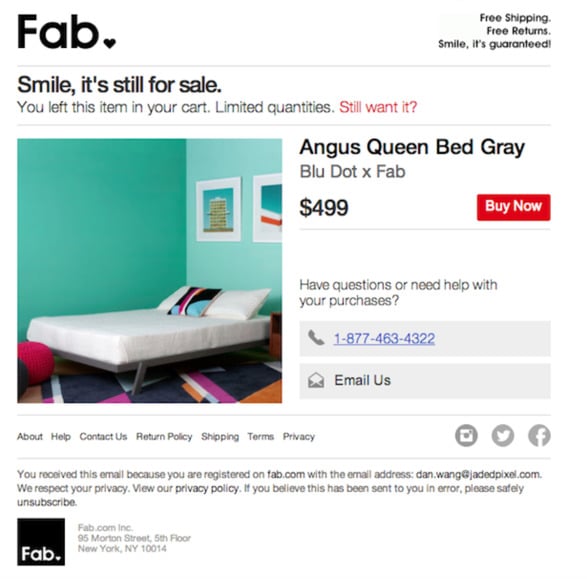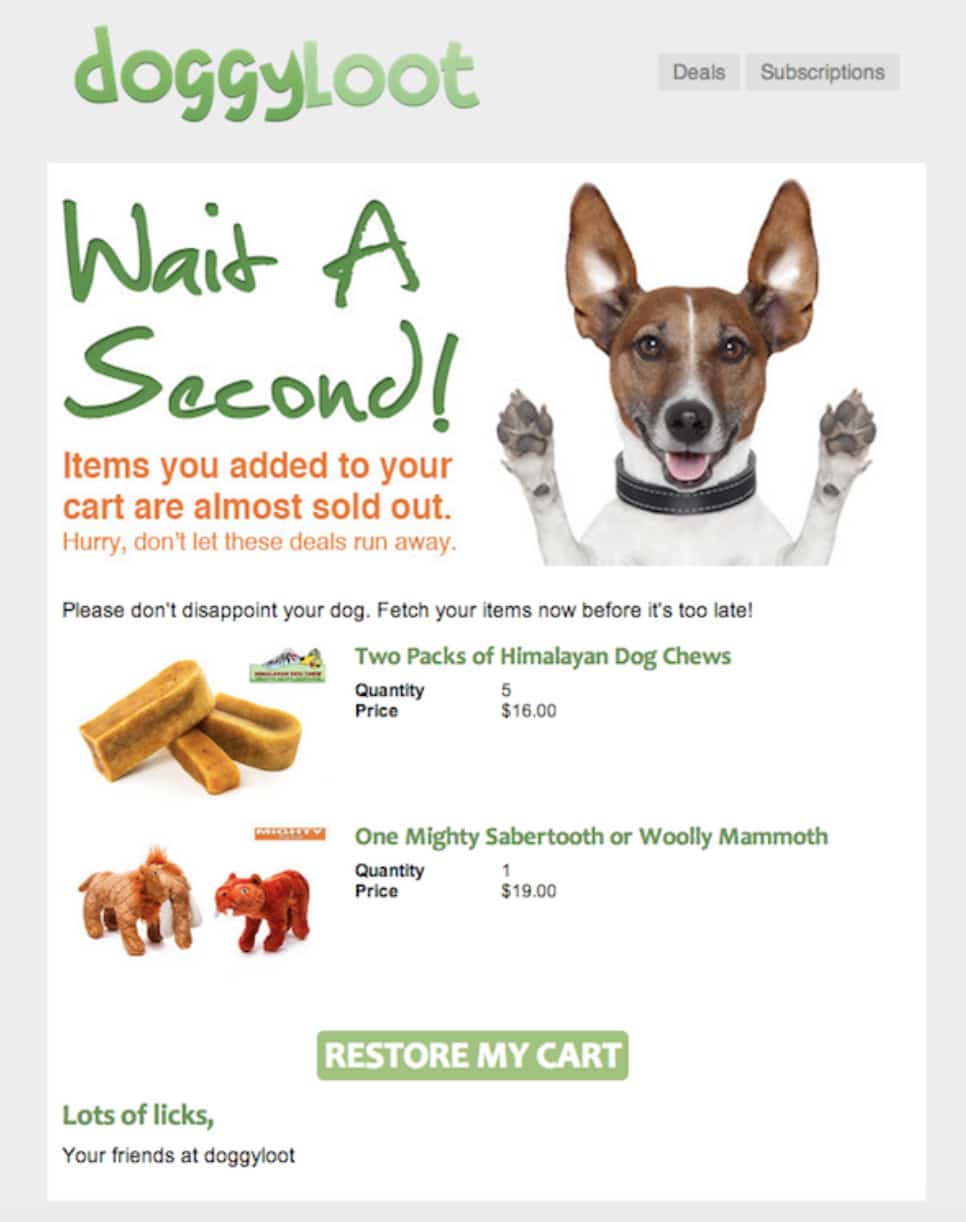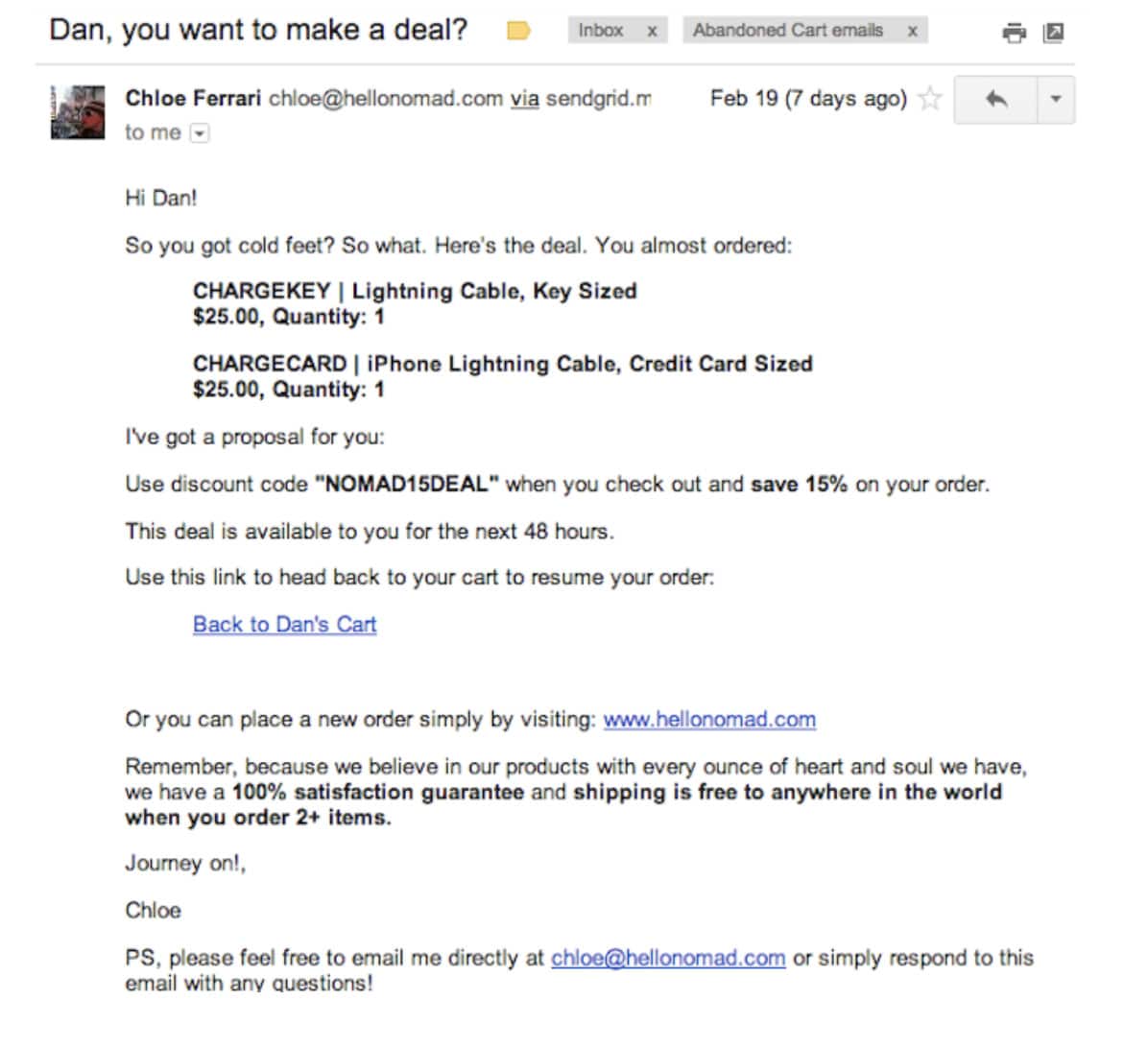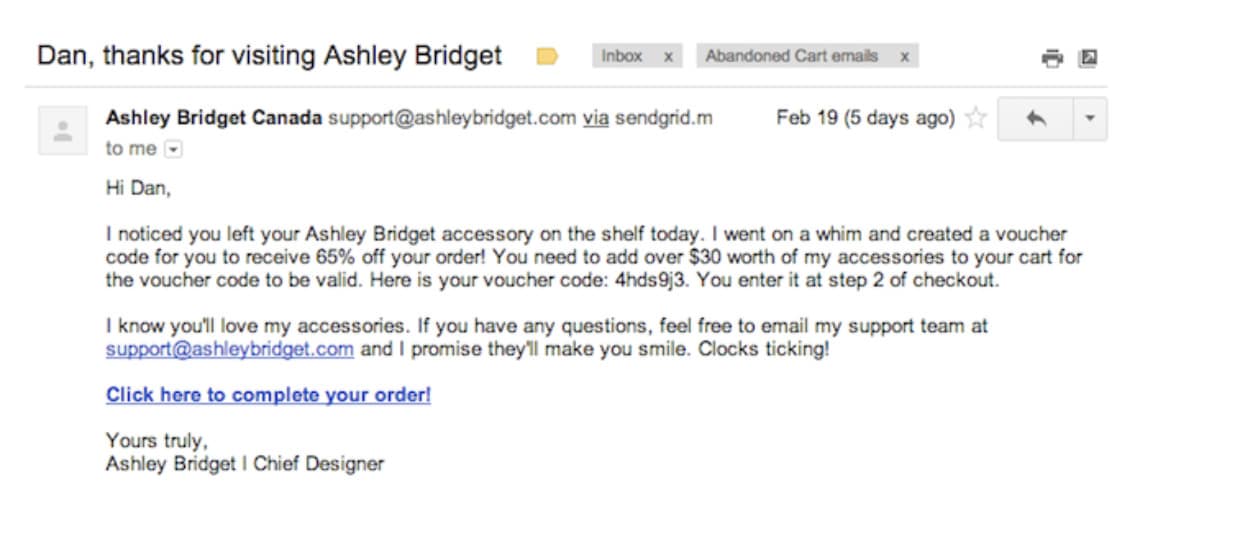3 email drip campaign ideas that drive conversions

Email drip campaigns are a great way to guide your sales prospects and current customers through your sales funnel in a logical, well-thought-out way that results in conversions.
A successful campaign of this type “drips” information and enticing features little by little to build interest, encourage action, and nurture relationships with leads.
Drip campaigns are also called trigger emails, automated emails, and lifecycle emails, but they all are reaching for the same goal: customer conversion.
Normally, each segment of the campaign will be triggered by customer actions such as:
- Opt-ins
- Click-throughs
- Downloads
- Purchases
In some campaigns, the trigger can be time-related, sending out emails on a regular basis for a pre-determined amount of time.
There are many ways to use email drip campaign ideas to reach your marketing goals. Let’s look at some stellar campaigns that take conversion to a new level.
3 email drip campaign ideas for optimal results
Email drip marketing is a great way to develop strong relationships with your prospective customers and build the kind of trust you need to convert prospects into sales.
Good drip campaigns are focused on keeping customers happy and engagedbecause customer engagement translates into more sales.
Fortunately, the sky’s the limit when it comes to the number of ways you can tailor and personalize your drip campaign to meet the needs of your business and your customer.
Let’s jump right in with some examples you can use as springboards for your own campaigns.
1. Lead nurturing/re-engagement campaigns
As we mentioned, nurturing your prospects is vital—not just because you want their attention, but because you want to build interest or trust in your service or product.
A good lead nurturing campaign will allow you to send messages tailored to increase engagement, such as free trials, tutorials, or even an invitation to revisit your site, like the example below.
See what mattress company Casper has done in their abandoned cart email? They’ve embedded a nugget of social proof, invited you back to your cart, and encouraged you to read more reviews.
That’s not one, but two, CTAs in one email and a great way to combine nurturing and re-engagement in one sweet email.
Re-engagement emails loosely follow a set of rules based on customer actions. In general, these emails educate, build trust, and add value.
Then there’s Grammarly’s series of re-engagement emails. The first, below, is a cheery, personal reminder to use your Grammarly service, which you can use for free initially.
This email also offers gentle concern that the recipient remains protected against embarrassing writing errors—a nice touch to encourage trust.
The second email gives the recipient helpful tips and tricks to use when writing. If they haven’t responded after receiving this one, it might be time to add value by providing a special offer.
Here’s another email from Grammarly, using some light humor and a technique called “gamification” to encourage re-engagement. The simple, bright colors and game-like artwork makes your fingers just itch to push that “Go!” button.
And finally, potential tire-kickers can expect to get an email like this one to spur them into action.
Simple, easy-to-read, and with a prominently-placed discount offer, this email is bound to get recalcitrant buyers off their cold feet and clicking “Upgrade.”
2. Welcome email series
Welcome emails get three times the transactions as regular promotional emails, so it’s no surprise that they’re so popular.
The great thing about welcome emails, it that you can customize them to match the action taken by your prospect, as Urban Outfitters does, below.
Drip campaigns of this nature can really amplify your marketing results, too. When welcome emails are sent in a “drip” manner — immediately after the customer completed the action — rather than batch-recurrent, they had an open rate of 88.3%.
The batch-recurrent emails sent later rather than in real- time, only achieved a 52.6% open rate. Those numbers show how powerful an immediate welcome to your brand is for customer engagement.
When designing welcome campaigns, you can follow this template for optimal results.
Email #1: Welcome your subscribers
Tell subscribers what’s new and different about your brand and give them some information to get them excited about connecting with you.
This email from Nomad does a great job of showcasing the tone of their brand and making recipients feel welcome by using the word “family” to refer to their subscribers.
Email #2: Invite them to connect
Use this email as a way to explain a bit more about your brand and invite them to connect with your further, through social media or on your website.
This great example from The Container Store makes it easy for customers to click on their favorite social media site and connect.
Email #3: Get to know your prospects
The get-to-know-you email can be critical for determining your next steps, whether that’s to send a special offer, tailor your emails to specific interests, or get personal information like birthdays or anniversaries so you can further personalize your marketing efforts.
While not technically a get-to-know-you email, Michael’s has embedded elements of all three email in one fantastic example.
Notice, they’ve welcomed the recipient at the top, asked for additional information about them in the middle (that will come in handy for tailored emails later), and given them an incentivizing boost at the end.
3. Shopping cart-recovery drip campaigns
Also known as “abandoned cart” campaigns, this email series is geared toward getting your customers to come back and purchase something they’ve left in their virtual cart.
Normally, these emails include reminders, but sometimes an additional incentive is needed to encourage prospects to come back and complete their order.
The trigger, of course, is the customer leaving an item in their cart. In the example, below, Neil Patel suggests the following series to encourage swift recovery — and purchase — of the abandoned merchandise.
Let’s see what that looks like using examples. Shopify shows this example on their site that would be a great fit for Email 1 in Patel’s series.
In this next Shopify-based example, customers are encouraged to act fast, as the items are verging on being sold out. This is just what Patel has in mind for his second email.
Finally, for the third email, another example from the Shopify site shows a fantastic, simple email that offers a great benefit to the recipient—a discount.
This email works because it’s personalized on two levels—both the customer name and the sender name are included.
While addressing emails to customers on a first-name basis is getting to be a standard practice, it’s a nice touch that the sender of this email is a real person rather than some automated inbox.
Along the lines of added value, it’s hard to close out this series without including the example, below, also from Shopify.
This is a genius email because it not only offers the customer a 65% discount to return to their cart but in doing so, it upsells them by having them add $30 worth of merchandise to their cart to get the discount.
With a discount that good, it would be totally worth it to scoop up an additional batch of goodies to make it valid.
This email could have been even better if they’d personalized the sender since the copy is written on a very intimate, one-on-one tone, but the sender’s address gives away the fact that this email is an automated response rather than a reply from a flesh-and-blood support staffer.
Wrap up
Now you’ve got three solid, conversion-centric email drip campaign ideas to toss around for your next drip series.
Using these examples, you can design an email marketing campaign that will increase interest, grow your email list, and prime your prospects for future sales.
Welcome emails, re-engagement, and shopping-cart recovery emails are some of the most common drip series and should be a great place for you to gain confidence in creating dynamic, targeted emails that convert.
MOST RECENT ARTICLES
Want to engage your audience and grow your brand? Try Emma's robust easy-to-use product today.
